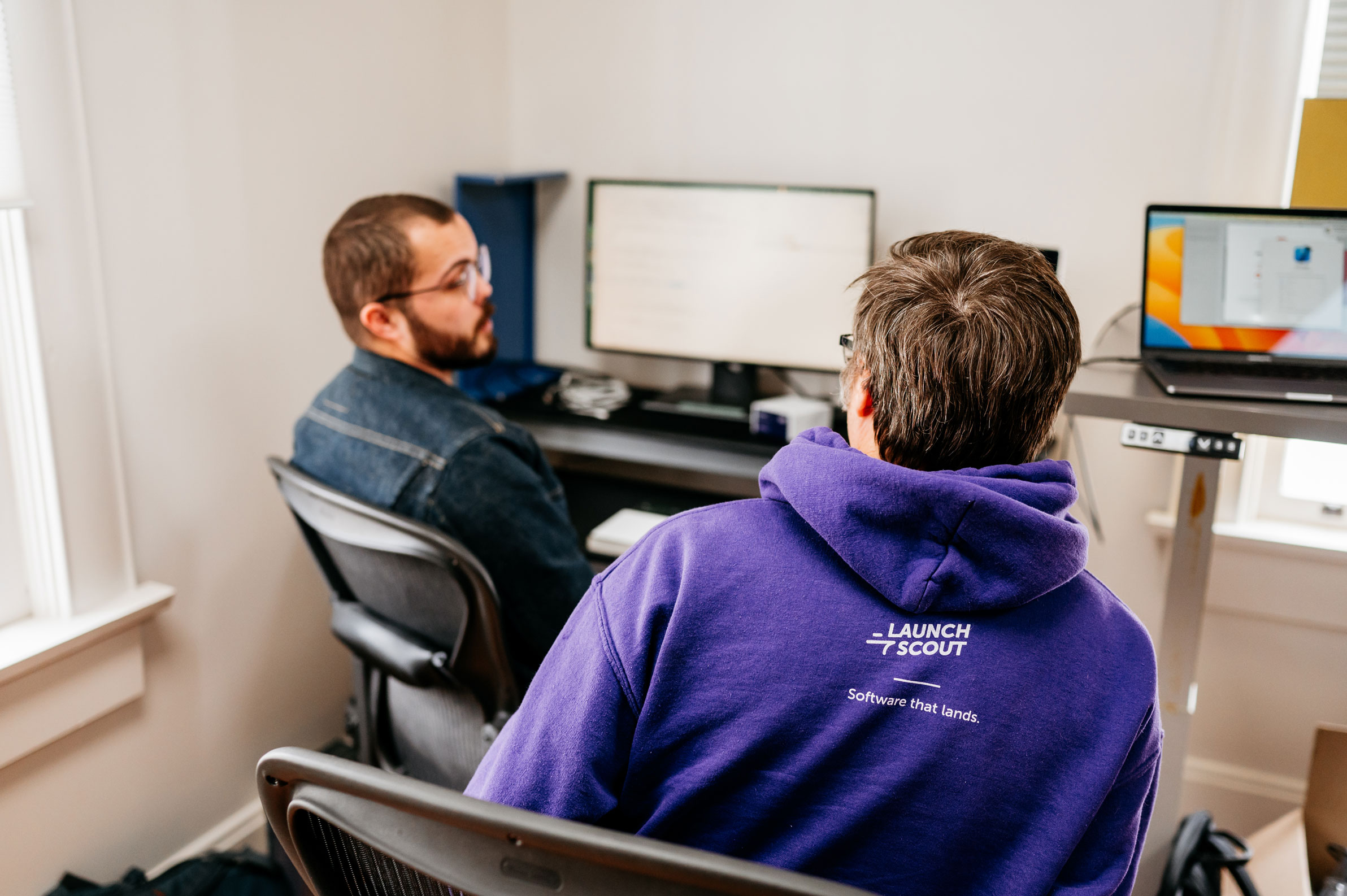
22 April 2021
Disruption doesn’t go into lockdown
Innovation is, by definition, a type of disruption. Seasoned entrepreneurs and innovators recognized it as soon as they read the press releases last March - widespread disruption was here, and it would bring immediate change. Conditions that we faced a year ago are never a scheduled event, but come unpredictably and those who pivot quickly can find new opportunities to make order from the mess.
One of the more interesting business questions raised by the pandemic was the idea of “essential businesses”. Most state lists went far beyond the grade-school answer of “water, food, clothing, and shelter”. The lists for essential workers eligible for early rounds of vaccines included industries such as ‘Media’, ‘Legal’, and ‘IT & Communication’. As it turns out, most businesses are essential, at least over a sufficient time span. Even if they weren’t technically essential, consumer demand was unusually strong, even if interests shifted based on the conditions.
For most industries, shifting demand was based less on what people wanted, but how they wanted it. School buildings were closed, so digital and remote learning went through 10 years-worth of adoption in a few months. Physical gyms were closed, but sales for Peloton doubled in the second half of 2020. Restaurants quick to enable digital ordering and pickup managed to survive, and sometimes even thrive, while their dining rooms were empty. Streaming services gained huge ground as in-person entertainment options were unavailable.
As a software product consultancy, we saw first-hand how these events translated into our client’s investments. Following the post outlining our client’s investment trends, we drilled deeper into the numbers and came away with four examples of disruption, all primarily focused on the distribution channel for the end product:
- Shift to local food sourcing
- Last-mile logistics
- Live entertainment
- Construction materials sourcing


